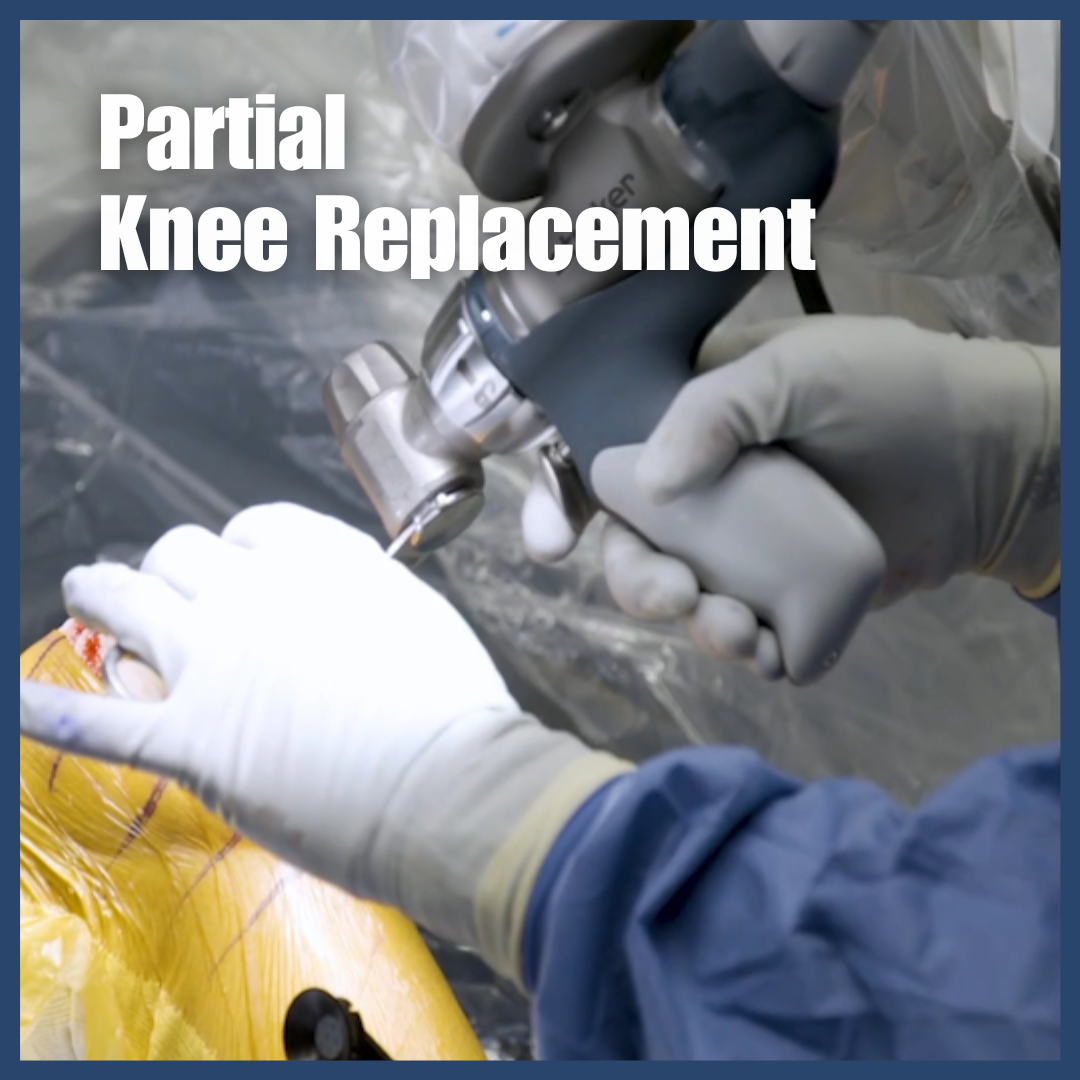Understanding Spinal Fusion with Expandable Cages
What is Spinal Fusion?
Spinal fusion is a surgical procedure that joins two or more vertebrae (spine bones) into a single unit. Think of it as a "welding" process where painful, damaged vertebrae are fused together to heal as one solid bone. The goal is to reduce pain by stopping movement between damaged vertebrae.
What is an Expandable Cage?
An expandable cage is a modern device used during spinal fusion surgery. Unlike traditional fixed-size cages, these innovative implants can be:
- Inserted at a small size through tiny incisions
- Expanded once in place to the ideal height
- Adjusted to restore proper spine alignment
- Used to improve the natural curve of your spine

Benefits of Expandable Cages
Modern expandable cages offer several advantages:
- Smaller incisions
- Less disruption to muscles and nerves
- Better ability to restore spine alignment
- Custom fit to your anatomy
- May reduce surgical complications
- Often allows for faster recovery
- Can help maintain proper spine curves
- May provide better long-term outcomes
The Surgical Procedure
Your surgeon may use one of several approaches to place the expandable cage:
- Through the back (posterior or transforaminal approach)
- From the side (lateral approach)
- Through minimal incisions using special instruments
During surgery:
- You will be under general anesthesia
- The damaged disk is removed
- The expandable cage is inserted in its smallest form
- The cage is carefully expanded to the proper size
- Bone graft material is added to promote fusion
- Small screws and rods secure everything in place
Recovery and Outcomes
- Most patients go home within 1-2 days for single-level fusion
- You may need to wear a back brace temporarily
- Physical therapy will help your recovery
- Full healing and fusion takes several months
- Regular follow-up X-rays monitor progress
- Most patients experience significant pain improvement
- Success rates are similar to or better than traditional methods
Warning Signs
Contact your surgeon immediately if you experience:
- New or increasing leg weakness
- Loss of bladder or bowel control
- Severe or worsening pain
- Fever or drainage from your incision
Recent Research
Studies show that expandable cages can provide:
- Improved restoration of spine alignment
- High fusion rates
- Significant pain reduction
- Good long-term outcomes
- Lower complication rates compared to traditional methods
For More Information:
- American Academy of Orthopaedic Surgeons: www.aaos.org
- North American Spine Society: www.spine.org
- Journal of Clinical Medicine (2024) - "Expandable Cages for Lumbar Interbody Fusion"https://doi.org/10.3390/jcm13102889
Related Spine Surgery Resources:
- Spinal Disc Replacement Research Highlights
- Artificial Disc Replacement for Degenerative Disc Disease
- Cervical Disc Replacement Surgery

*Please note that these are only educational videos and not precisely how the procedure may be performed at the Bone and Joint Institute. Videos are meant to be used as a general explanation of the procedures.








